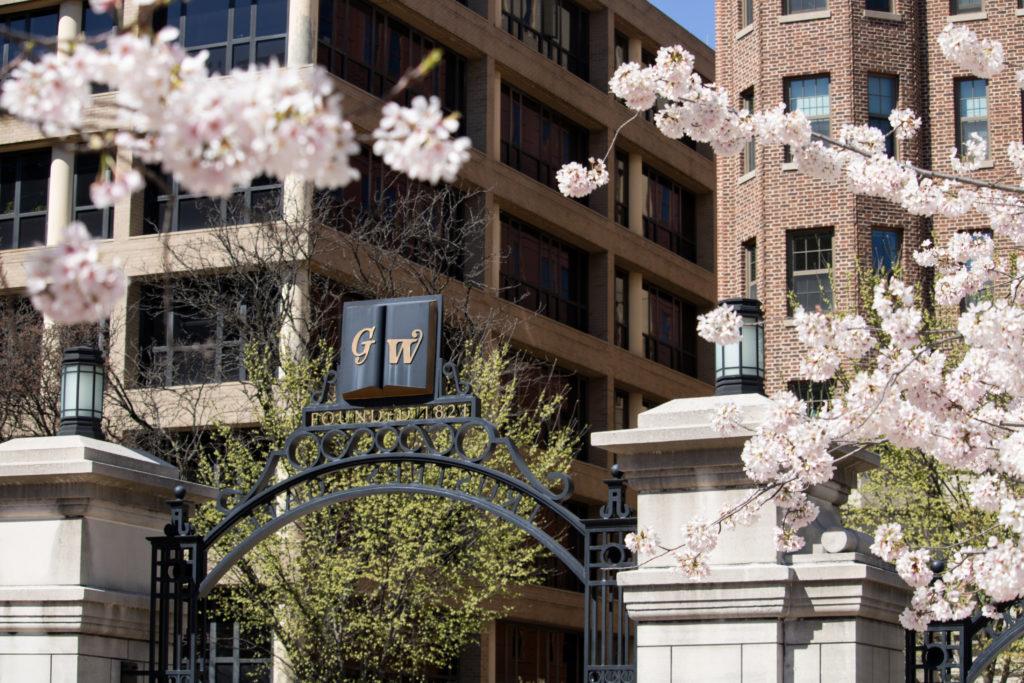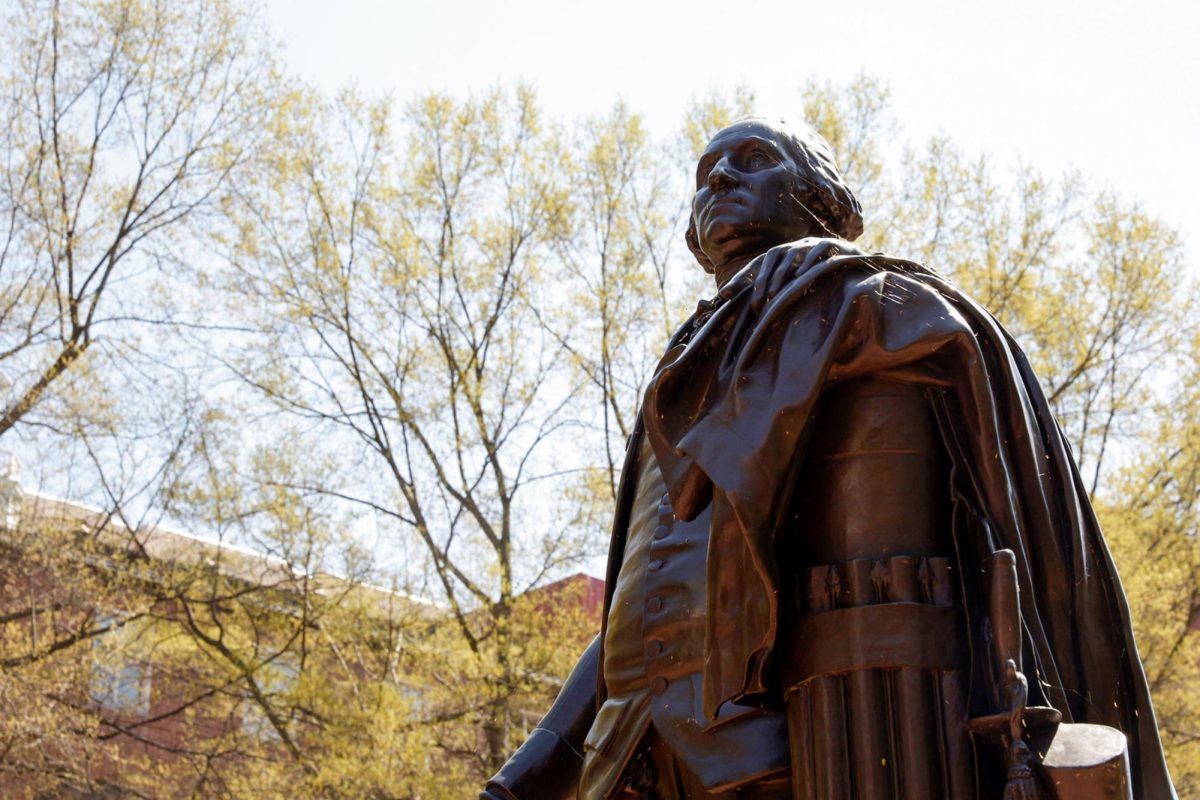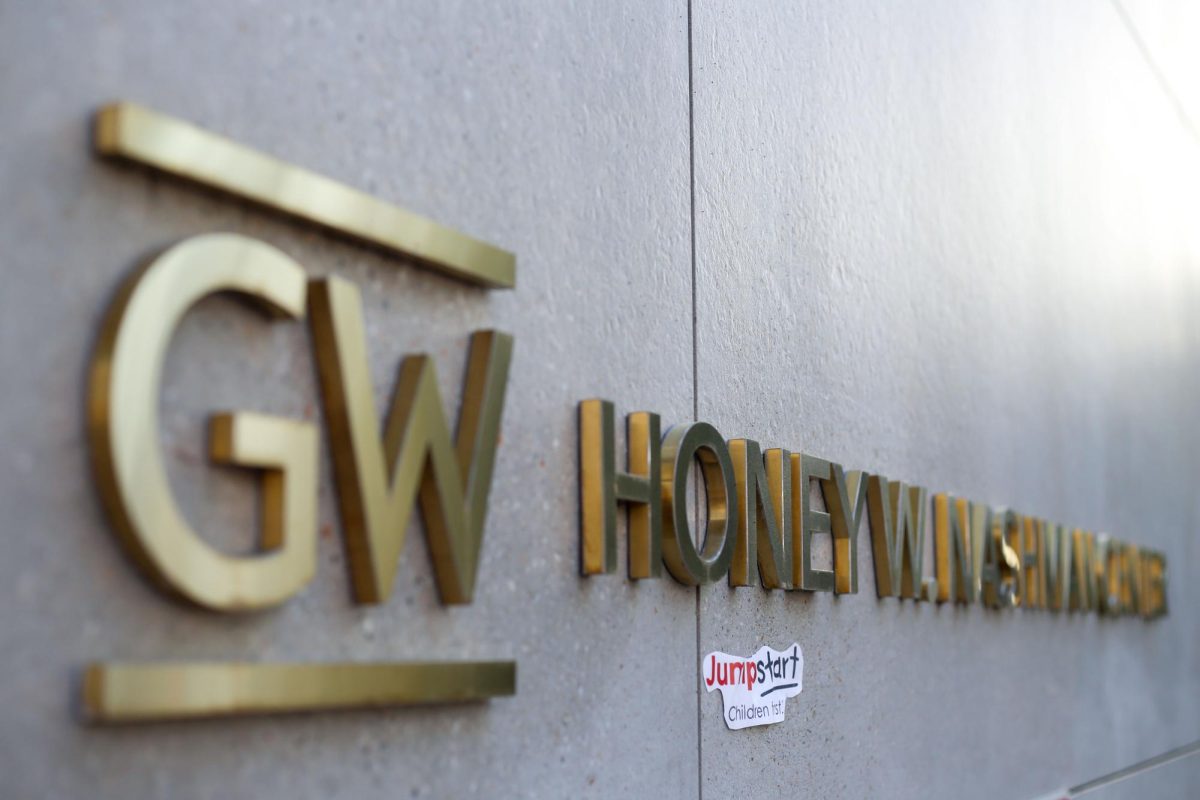When President Barack Obama begins his second term in January, he will have four years to deliver on campaign promises made this fall, facing the same partisan political backdrop as his first term.
To sway young people, Obama stumped on jobs and college affordability – issues that higher education and economic experts warned would be difficult to make good on without bipartisan support.
Obama touted his reform of federal loans – cutting out banks as the middlemen between colleges and students – and the expansion of Pell Grants as his biggest higher education successes. He also lobbied Congress to prevent federal student loan rate from doubling to 6.2 percent, using the tagline, “Don’t double my rate.” And the president also promised to continue growing the financial aid pool and take further action against rising college costs.
But Iris Comens Rotberg, a research professor of education policy in the Graduate School of Education and Human Development, said Obama’s higher education priorities, particularly federal grants, will require additional funding from Congress to stay afloat – and cross-aisle support.
“[Obama] certainly has put forward in the campaign what he’d like to do, but whether it’s doable is another question,” she said, pointing to budget constraints and mandatory budget cuts. “The hope is that [federal aid] won’t be cut way back. It’s unclear what will happen.”
House Republicans retained control of the chamber with 233 seats over the Democrat’s 193 seats.
The “status quo” election will likely lead to two more years of stalemate, political science professor Sarah Binder said.
“We’re really in the same place we were yesterday,” Binder, who is also a senior fellow with the Brookings Institute, said. She added that polarized branches would continue to wage budget battles over how to cut spending and trim from the mounting deficit.
That gridlock could make it tougher for Obama to address the rising cost of college attendance. He will have to work with both chambers of Congress to reach a deal on the looming fiscal cliff, which would spur $600 million in spending cuts and tax breaks by Jan. 2. Obama faced two budget crises in his first term, both ending with brinkmanship and last-minute deals.
Mark Kantrowitz, founder and publisher of the college affordability website FinAid.org, said education programs will be a target for policy makers looking to dodge sequestration. He called increasing the interest rate – which would save the government about $6 million annually – rather than cutting Pell Grants, “the lesser of two evils.”
He said Obama could still follow through on his promises to address college affordability by mandating that universities disclose more information about their students’ success post-graduation, like employment and student loan statistics.
Senior Associate Provost and Dean of Students Peter Konwerski said college affordability, along with jobs and diversity, were key issues for students at GW.
“For anybody who thinks about sticker price of GW, it’s important to know what’s the impact of this election,” he said. “It’s an example of more transparency. People want to know what’s its going to cost for me? What’s the investment going to take for me and my parents?”
Catherine Barnao and Chloe Sorvino contributed to this report







